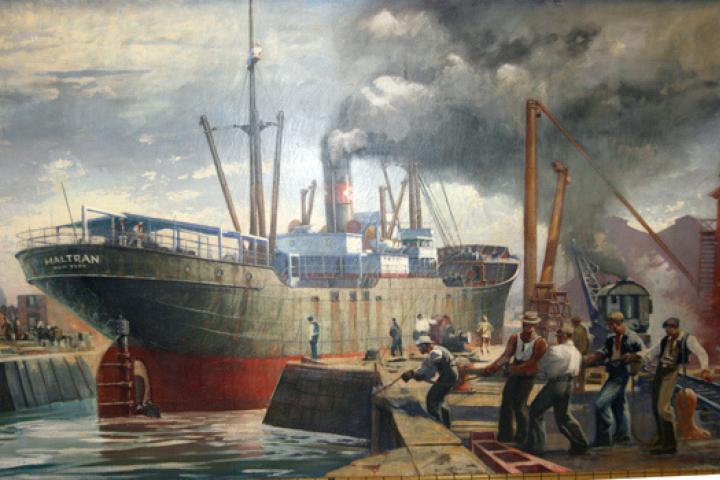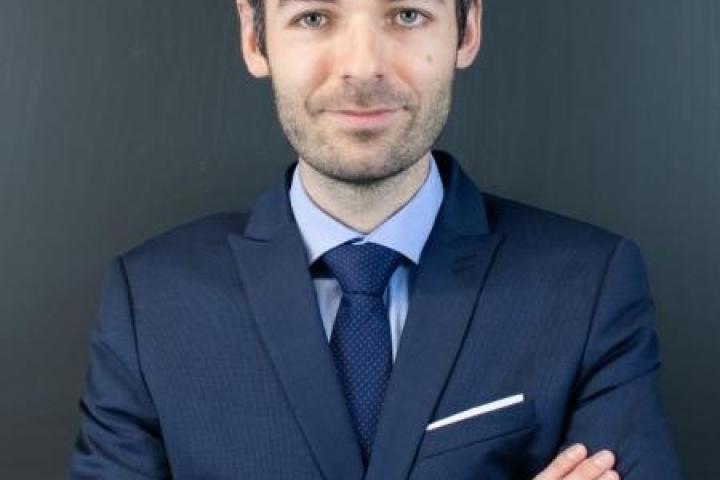The law, young people and providing educational opportunities are primary passion areas for Alpern Award recipient Linda Gadsby '88.

ILR School Events
See all eventsAs the Trump administration rewrites U.S. trade policy and 2025 European Union rules banning goods made with forced labor go into effect, many questions about trade’s global impact have arisen. Some of what we buy worldwide is produced by an estimated 28 workers in forced-labor situations. New government leaders in Washington and Brussels will influence how forced labor is uncovered as well as how regulations to control it are developed, enforced, or even reversed. Join Jason Judd of the Global Labor Institute (GLI) at Cornell’s ILR School and two global labor governance experts, Samira Rafaela and Kelly Fay Rodríguez, as they discuss different approaches being taken by the U.S. and European countries and how those differences could unfold for individuals, companies, and consumers.

Elio Nimier-David Location Effects or Sorting? Evidence from Firm Relocation Abstract: Why are wages in cities like New York or Paris higher than in others? This paper uses firm mobility to separate the role of “location effects” (e.g., local geography, infrastructure, and agglomeration) from the spatial sorting of workers and firms. Using French administrative records and U.S. commercial data, we first document that firm mobility is widespread: 4% of establishments relocate annually. Establishments retain their main activity and structure as they move, but adjust their workforce and wages. Combining firm and worker mobility, we then decompose wage disparities across French commuting zones. We find that spatial wage differences are largely driven by the sorting and co-location of workers and firms: location effects account for only 2–5% of disparities, while differences in the composition of workers and establishments account for around 30% and 15%, respectively. The remaining half is accounted for by the co-location of high-wage workers and firms, especially in cities with high location effects. Revisiting the elasticity of local wages to population density, we find a significant coefficient of 0.007—two to three times lower than estimates not controlling for firm composition.

Yang-Tan Institute: Enhancing equal opportunities for all people with disabilities
The Yang-Tan Institute on Employment and Disability contributes to the development of organizations and communities that welcome the skills and talents of people with disabilities in New York state, the U.S. and abroad.
YTI informs public policy in many ways, including providing public access to disability data in specific geographic areas.

Forrest Briscoe, who joined the ILR faculty in the fall of 2024, is the Maurice and Hinda Neufeld Founders Professor in Industrial and Labor Relations. He teaches and researches organization theory and strategic management.

ILRies Change
the Future of Work.
The Martin P. Catherwood Library is the most comprehensive resource on labor and employment in North America, offering expert research support through reference services, instruction, online guides and access to premier collections.


















